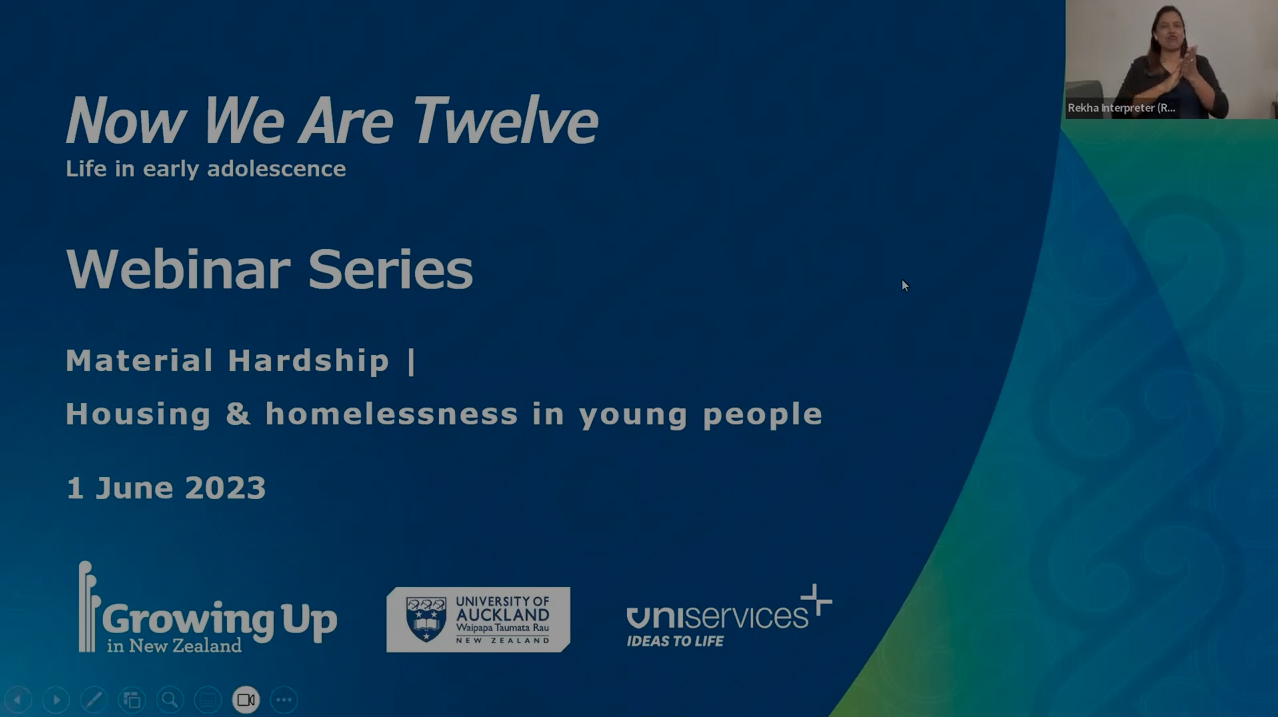Material hardship
Although efforts have been made in recent years to improve the living standards of children in New Zealand (NZ), many families are still struggling to meet their basic needs (1).
These families living in material hardship lack everyday essentials such as suitable clothing, access to local amenities, and adequate heating.
Addressing material hardship is an important issue to ensure that all children are living free from poverty and hardship (2), and because living in hardship can have long-term effects on health, employment, and family-life (3,4).
Accordingly, information on material hardship can inform policies and interventions to better support families and ensure all children have what they need (5).
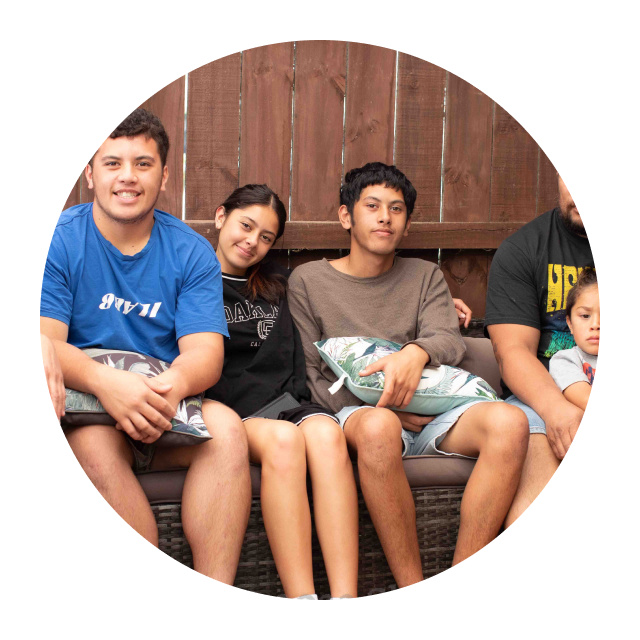

One in five had lived in households experiencing material hardship at some point in childhood, with most of these children experiencing hardship before starting school.
This is the first contemporary study of material hardship for children in New Zealand, from birth through to early adolescence.

The DEP-17 index includes 17 questions relating to low living standards. DEP-17 scores are calculated by summing the total number of hardships experienced (range 0–17).
Using data from the the Growing Up in New Zealand study, we investigated who was living in households reporting material hardship at age 12, to provide a snapshot of the cohort’s living conditions at this time point. We used the DEP-17 index to measure material hardship (6), and asked the mothers of the cohort about their living standards with respect to paying for food, clothing, housing, utilities, and other everyday costs. Children were grouped into three categories based on their scores on the DEP-17 index: no/little material hardship (scores 0–5), material hardship (6–8), and severe material hardship (9+).
We also examined how material hardship changed across the childhood years. Each young person was categorised as either living in material hardship or not at the 9-month, 2-year, 4.5-year, 8-year, and 12-year time points. We then used longitudinal modelling to track the movement and stability of material circumstances from 9-months through to age 12. This investigation provides the first contemporary longitudinal assessment to examine the timing, duration, and patterns of material hardship for NZ young people.
Insight one
One in 10 of the Growing Up in New Zealand cohort were living in households reporting material hardship at age 12.
Most young people (9 out of 10) were living in homes with no/little material hardship, with almost half of the cohort experiencing no forms of material hardship at all. However, one in 10 were living in either material hardship or severe material hardship at age 12.
For Growing Up in New Zealand families:
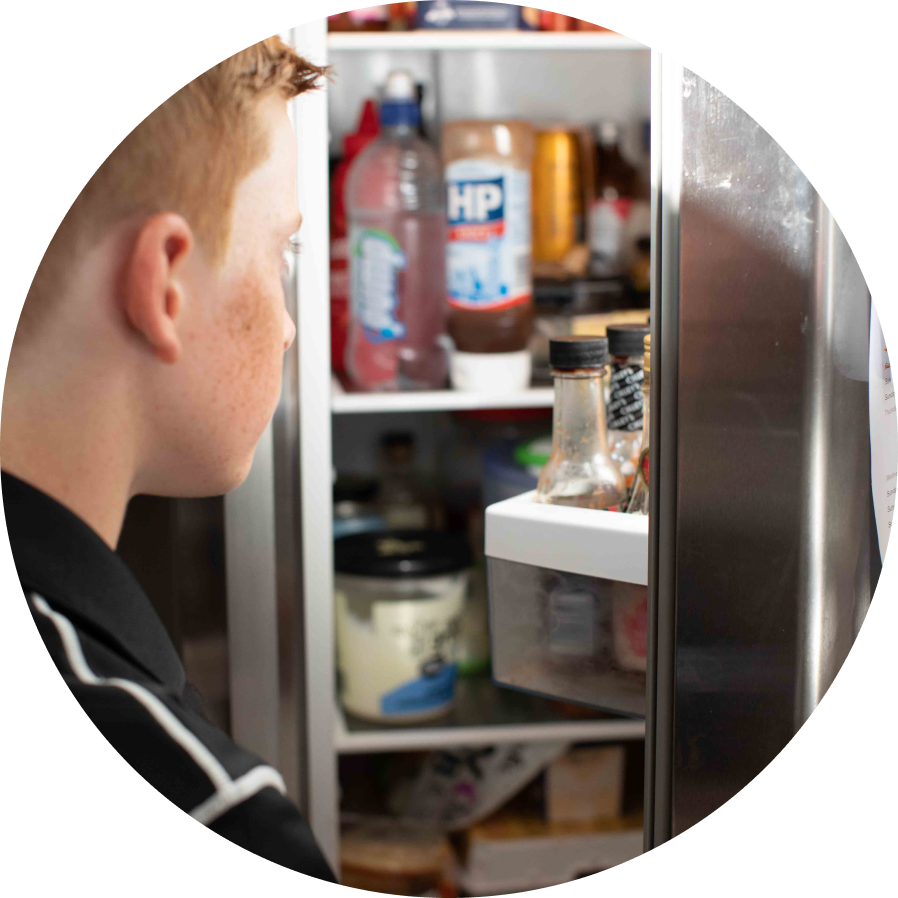
Insight two
The realities of material hardship: young people living in homes facing material hardship experienced severe limitations on everyday essentials.
Households with no/little material hardship didn’t often compromise on necessities whereas most families in hardship bought cheaper/less meat, cut back on local trips, and did not have home contents insurance. For those in severe hardship, a greater proportion reported each hardship indicator. For example, delaying a dentist visit was prevalent across all groups, but only 14% of those in no/little material hardship experienced this hardship, compared to 70% in hardship, and 85% in severe hardship.
material hardship:
material hardship:
Table 1 uses a heatmap to visualise the percent of participants in each material hardship category who were experiencing each of the hardship indicators. The left-hand column details each hardship indicator, and the subsequent columns indicate the percent of young people experiencing each indicator. The green colour represents a lower percent and red a higher percent.
Insight three
Who experiences material hardship is not random: there are stark inequities in material hardship across multiple characteristics.
Our study found that young people were more likely to experience hardship at age 12 if they were from sole-parent homes, lower-income households, and identified as Māori and/or Pacific.

17% of rangatahi Māori and 23% of Pacific young people were living in households with hardship or severe hardship (see Figure 1).
Rates of hardship were much lower within the Sole European (4%),
Asian (7%), and Other (11%) ethnic groups.
Of those living in severe material hardship, 38% were rangatahi Māori, 38% were Pacific young people, and 13.5% were Sole European despite this group making up 51% of the cohort (see Figure 2).
23% of those living in sole parent homes experienced material hardship.
64% of those living in hardship were were living in households with an equivalised income of $30,000 or less.
Note: Participants who reported more than one ethnic group are counted once in each group reported, except for the "Sole European" group which includes those young people who only identified as European.
Insight four
Material hardship is common across the childhood years.
Data on material hardship was collected across five different time points between birth and early adolescence. At each point, young people were put into one of two categories: those living in households experiencing material hardship and those who were not. Looking at these data, one in five young people experienced material hardship at some point during their childhood (see Figure 3).

Insight five
Most children faced their first instance
of poverty before they started school
Out of the 823 children who faced hardship during childhood, three-quarters went through it before starting school (see Figure 4). Additionally, 56% experienced hardship during middle childhood–early adolescence. Some children experienced hardship only before starting school only or in only in middle childhood–early adolescence. However, 29.4% of children who faced hardship experienced it in both of these periods.
Insight Six
Experiences of material hardship in childhood were varied: although many children experienced hardship at some point, being persistently in hardship was uncommon.
Having information from multiple time points across the childhood years provided the opportunity to explore patterns of material hardship across time (see Figure 5). We found four common patterns:
1. Not in Material Hardship
3. Increasing Hardship
2. Some Exposure to Hardship
4. Persistent Hardship

Relevance for policy
and practice.
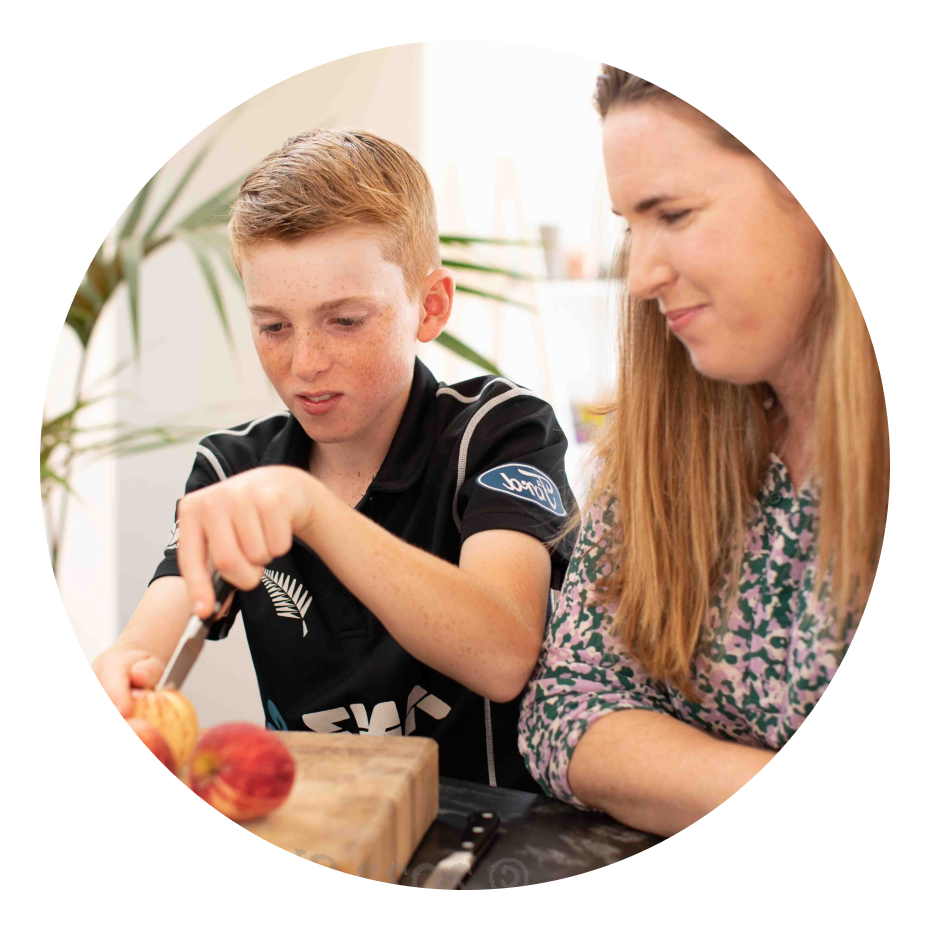

Most 12-year olds did not live in households reporting material hardship.
Most young people were living in homes with access to everyday essentials. These findings suggest that most of the cohort have what they need in terms of basic living standards and provides important new insights into how families are faring two years into the COVID-19 pandemic. However, one in 10 young people were living in homes that did not have the resources needed to meet a basic standard of living in NZ. This lack of access to resources highlights fundamental inequities in the systems and structures within NZ and demands further attention from policy supports.


One in five experienced material hardship at some point in childhood.
Results indicated that at least one in five children experienced material hardship in childhood, with the majority of these children experiencing movement in and out of material hardship across time. Given that many children experienced fluctuation in circumstances over time, material hardship cannot be assumed to be stable across childhood. Consequently, Government and policy interventions aimed at reducing and preventing childhood experiences of hardship should be informed by longitudinal data to be sure to account for differing hardship trajectories and identify critical age-sensitive periods for greater investment.
Most children who experienced hardship did so before starting school.
This study revealed that 75% of children who experienced material hardship during childhood were living in households facing hardship in their early childhood years. This underscores the need for policies that prioritise the support of families with young children, ensuring that they live in secure and stable environments that meet their basic needs, first and foremost because children should be living free from hardship. Additionally, it is widely acknowledged that the economic contexts of a child’s early years are critical for their outcomes in childhood and adulthood (7). Given this sensitivity, addressing material hardship in early childhood is a critical area for policy intervention.




Many exposed to hardship were experiencing this by middle childhood–early adolescence.
Although children were more likely to experience material hardship during early childhood, material hardship was still a common experience in middle childhood and early adolescence. Over half of those who lived in material hardship at some point in childhood were living in hardship during middle childhood and early adolescence. Additionally, many households transitioned into hardship during middle childhood and remained in hardship in early adolescence. Together these findings suggest that barriers to transitioning out of hardship may not be easily overcome for families, especially in the midst of the COVID-19 pandemic, when the 12-year old data collection wave occurred. Policy supports that stop families falling into hardship in the first place are likely more efficient and can avoid the detrimental developmental impacts of experiences of material hardship.
References and
research methods
At Growing Up in New Zealand, we're passionate about advancing research and making sure our work is informed by a wide range of sources. That's why we've included a comprehensive list of references, along with an introduction and a detailed report of the research methods used to support the Growing Up in New Zealand study.

Read the full report
We’ve carried out more than 90,000 interviews and collected more than 50 million pieces of data to help inform policy and help give children the best start in life.
Explore other snapshots

Now We Are Two —Describing our First 1,000 days
This report provides insight into the physical health and development, emotional and behavioural well-being, and cognitive development of New Zealand two-year-olds. The report also depicts changes in the children's home environment, childcare arrangements and socioeconomic situation over the first two years of their lives.
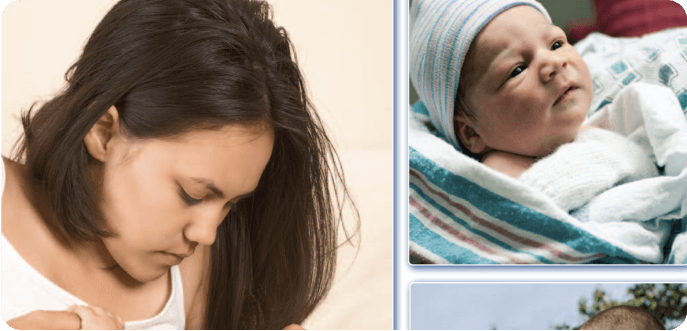
Now We Are Born
The report delivers details about the beginning of the children's journeys, in the context of their families and their wider environments. The children are not yet one year old, but already their developmental pathways are being established.



